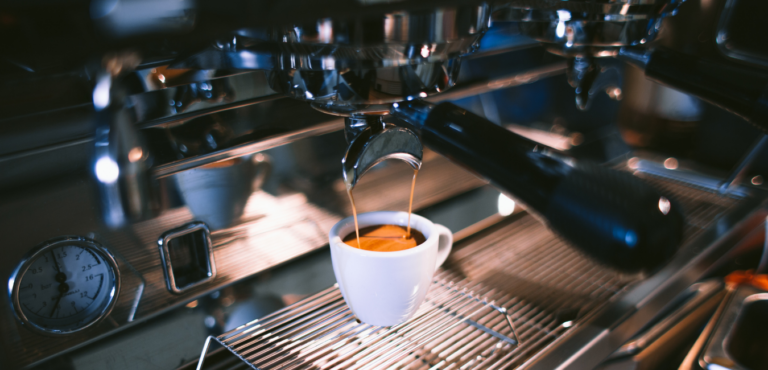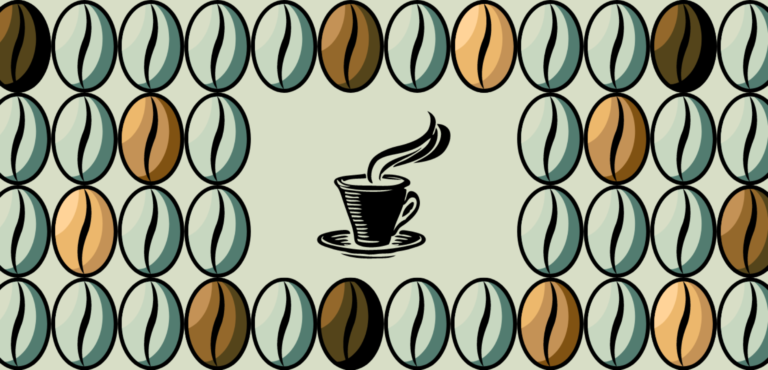Coffee Varietals: The Complete Guide
Sitting before you is a perfectly brewed cup of coffee. You made it yourself, and drinking it is the final piece in the supply chain puzzle. Most of us start a puzzle with one of four corner pieces. It’s the same with coffee. Of the four major types of coffee plants, each producer grows just one among them. You’ve probably even come across a few. Arabica & Robusta are perhaps the most popular coffee varietals. But there are others too, and while they live in the shadow of the aforementioned, they’re not to be dismissed.
The four major coffee varietals are:
- Arabica (Coffea Arabica)
- Robusta (Coffea Caniphora)
- Liberica (Coffea Liberica)
- Excelsa (Coffea Excelsa)
Perusing the different coffee options at your grocery or your local roastery, you’ve already noticed that most of them are labeled “Arabica”, and the occasional “Robusta”, so it’s natural to accept the lack of options as the truth. But being faced with a choice is an opportunity to try something new. Here’s all the information about each coffee varietal, and everything you need to know to make an informed purchase.

The First Coffee Varietal – Arabica
This popular bean accounts for over 60% of the world’s coffee production. With its origins in the highlands of Ethiopia, it’s considered to be the first type of coffee to ever be produced. Arabica had a massive headstart over the other coffee varietals, which explains its popularity today. This coffee plant thrives when grown above an elevation of 2000 feet, and is notorious for being quite the diva. It’s susceptible to disease and tends to demand a lot in terms of attention, shade, and water.
Arabica is known for its smoothness and lack of bitterness. The flavor notes are wonderfully diverse and known to never disappoint. Here’s our recommendation for single-origin Arabica green coffee.

Robusta
This bean is most popular in parts of Europe, Africa, and the Middle East. It’s the second most-produced bean and is appropriately named because it tends to be strong, “robust”, and sometimes even harsh in flavor. The high levels of caffeine in this bean act as a natural pest repellent, which reduces the amount of attention it demands. It’s particularly resilient to harsh environments and can be grown in a variety of climates and altitudes.
Robusta coffees in retail outlets are usually of lower quality and tend to be inexpensive. To save on the cost of acquisition of raw coffee, roasters use 3 parts Arabica and 1 part Robusta. It’s a sacrifice of quality that’s a slippery slope into the world of blended coffee. High-quality Robusta coffee is characterized by flavor notes of chocolate and rum. They’re hard to come by, but if you do, stock up.

Liberica
This African coffee bean gets its name from its origin; Liberia. It’s relatively unknown and only makes up for about 2% of the world’s coffee supply. While most people haven’t come across Liberica coffee before, during the late 1800s there was a time when it was incredibly popular. In Southeast Asia during this time, an unfortunate fungal disease called “coffee rust” had practically wiped out all Arabica crops, and it plagued the coffee supply chain for years. We were at risk of having no coffee to drink.
To meet the ensuing coffee demand during this period, we needed something to replace Arabica. For several years, Liberica took on this role and stayed at the forefront of the world’s coffee production. Eventually, the epidemic fizzled out of existence and Arabica regained its massive market share.
Not everyone enjoys this coffee. But those who do, love it for the nutty and woody flavors with fruity/floral aromas. Others compare it to burnt garbage. The disparity in popular opinion probably stems from the lack of consistency. Today, these beans are primarily found in the Philippines. The Filipino marketplaces in your city are likely to have a few bags left.
Excelsa
For the longest time, Excelsa was considered a separate coffee species, but recent studies have reclassified it as a Liberica variant. The reason Excelsa still has a spot on this list is because of how unique it tastes. It combines the attributes of a light roast and a dark roast coffee. The tart and fruity flavors are well complemented by its body and depth of flavor. Much like Liberica, this coffee is primarily grown in Southeast Asia and is just as hard to come by. If you get the chance to try Excelsa coffee, do not think twice.

With all this information, you now have the makings of an informed purchase. It’s important to experience new types of coffee and respect each of them for their differences. If you’re looking for the best flavors in your coffee, Arabica will serve you well. Feeling adventurous? Go for Liberica or Excelsa. And if you’re looking for a bean with the most caffeine, Robusta has your back. Coffee varietal is just one among many factors that affect the flavor of your coffee.
The one habit that’s going to take your coffee to the next level is home coffee roasting. It’s going to transform the way you think about coffee and turn you into a bonafide coffee connoisseur. It enables you to taste the true potential and magic of coffee while only paying a fraction of the cost. Get started today!








